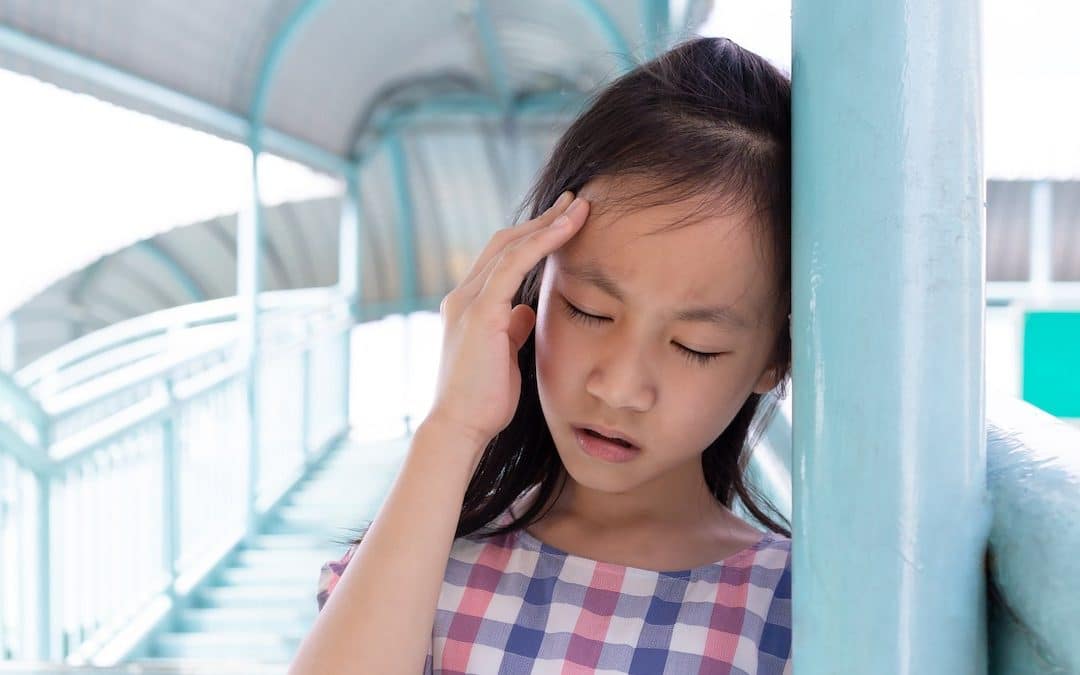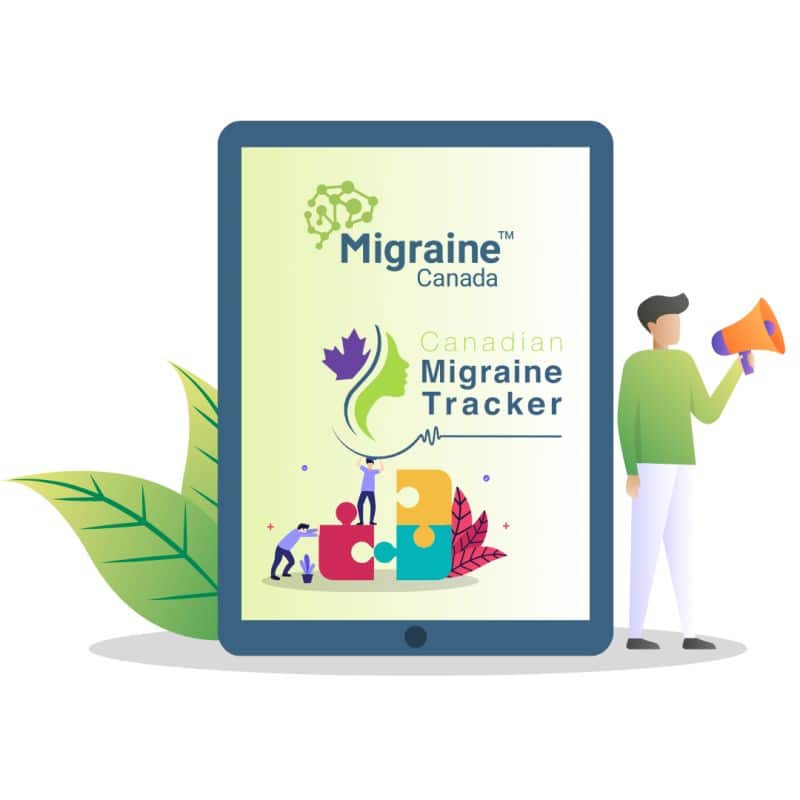Understanding Vestibular Migraine
Vestibular migraine ranks as the second most common cause of vertigo in children, typically affecting girls between 6 and 12 years of age. Children with this condition experience attacks of vestibular symptoms, such as false sensations of self-motion, spinning or flowing visual surroundings, positional vertigo post-head position changes, and motion-induced dizziness accompanied by nausea. A family history of migraine is present in over half of the patients.
In this article, we discuss the diagnosis, treatment options, and prognosis for vestibular migraine in children, providing essential information to help manage this challenging condition.
Diagnosis of Vestibular Migraine
Diagnosing vestibular migraine in children involves a history of prior or existing migraine. To confirm the diagnosis, children must have at least 5 moderate to severe attacks of vestibular symptoms lasting between 5 minutes and 72 hours. Additionally, over 50% of these attacks should exhibit at least 3 typical migraine features, including one-sided pounding headaches that worsen with physical activity, sensitivity to light and sound, or visual aura.
Treatment Options
Initial treatment strategies focus on lifestyle adjustments like improving sleep hygiene, maintaining hydration, regular meals, stress management, and avoiding triggers. Physiotherapist-supervised vestibular rehabilitation therapy can also be beneficial.
Medications such as those targeting nausea or vomiting and triptans like Zolmitriptan may help alleviate symptoms. In cases of significant discomfort and impairment, consultation with a physician to explore preventive treatment is recommended. Preferred medications for preventive treatment include Flunarizine, Propranolol, Topiramate, and Amitriptyline.
Prognosis for Children
While up to 87% of children with vestibular migraine may continue to experience vertigo, symptoms may resolve in a small percentage (13%). Studies have shown that some individuals (20%) may develop mild hearing loss that can worsen over time.
References
- Gelfand A. Episodic syndromes of childhood associated with migraine. Current Opinion in Neurology. 2018;31:281-285.
- Lagman-Bartolome AM, Lay C. Pediatric Migraine Variants: A review of epidemiology, diagnosis, treatment, and outcome. Current Neurology and Neuroscience. 2015;12:1-14.
Post #608



